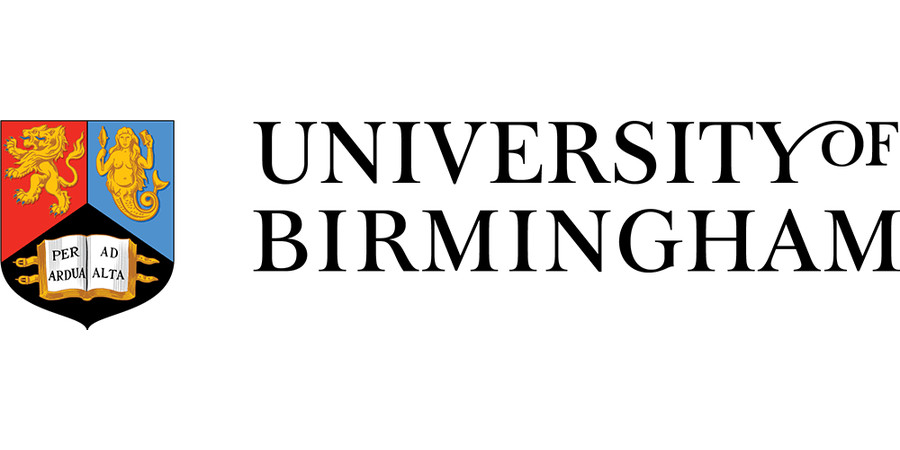PhD Studentship: Theory on the quantum behaviour of molecules in plasmonic nanocavities
University of Birmingham - School of Physics and Astronomy
| Qualification Type: | PhD |
|---|---|
| Location: | Birmingham |
| Funding for: | UK Students, EU Students, International Students |
| Funding amount: | Funding is awarded on competitive basis and it will cover tuition fees and living stipend for 3.5 years. |
| Hours: | Full Time |
| Placed On: | 31st October 2025 |
|---|---|
| Closes: | 16th January 2026 |
When light illuminates nano-sized metallic structures, the free electrons in the metal collectively oscillate, creating `plasmons'. By specifically designing the geometry and arrangement of the nano-metallic structures, one can direct and concentrate light at small enough volumes, to create nanoplasmonic cavities that can enclose even single molecules. Plasmons (or light in general) have the ability to perturb the atoms of a molecule, such that vibrations are induced on its chemical bonds. These vibrations are unique and characteristic to the chemical bonds of each molecule, and usually have resonances within the mid-infrared regime. It was recently shown that one can convert these vibrational mid-infrared resonances into the higher-frequency visible regime (i.e. frequency up-conversion), where it is easier to detect and measured experimentally. However, it is not well known yet how this process emerges and how one can control it.
This PhD project will focus on developing the necessary theoretical tools using cavity quantum electrodynamic (QED) descriptions, to model and understand this complex interaction between plasmons in small gaps and the vibrational behaviour of molecules. The student will also have to develop the theoretical methods to describe the up-conversion mechanism, and design new types of cavities that enhance its efficiency.
The PhD candidate should have completed (or about to complete) his/her undergraduate degree in Physics (preferably with first class honours or equivalent). The PhD candidate is expected to have a keen interest on Quantum Mechanics, Quantum Optics and Electromagnetism and good mathematical skills.
The project will take place in the Nanophotonics group of Prof Angela Demetriadou (https://www.birmingham.ac.uk/staff/profiles/physics/demetriadou-angela.aspx), which is part of the Metamaterials and Nanophotonics group (https://www.birmingham.ac.uk/research/centres-institutes/research-in-physics-and-astronomy/quantum-matter-and-photonics/metamaterials-and-nanophotonics) in the School of Physics and Astronomy at the University of Birmingham. The candidate will also work very closely with the Nanophotonics group based at University of Cambridge.
The School of Physics and Astronomy is an Institute of Physics Juno Champion since 2014 and holder of the Athena SWAN Silver Award. Both initiatives recognise the School’s commitment to promote diversity and equality, and to encourage better practice for all members of the community, whilst also working towards developing an equitable working culture in which all students and staff can achieve their full potential. We welcome applications from all qualified applicants, and encourage applications from traditionally under-represented groups in physics and astronomy including, but not limited to, women and Black, Asian and Minority Ethnic.
You can apply here: https://sits.bham.ac.uk/lpages/EPS005.htm clearly stating the title of the project, the Metamaterials and Nanophotonics group and the name of the supervisor (Prof Angela Demetriadou).
Funding notes:
Funding is awarded on competitive basis and it will cover tuition fees and living stipend for 3.5 years.
For details of the funding available, advice on making your application or any other informal enquiries, please contact Prof Angela Demetriadou at: a.demetriadou@bham.ac.uk
Advert information
Type / Role:
Subject Area(s):
Location(s):









